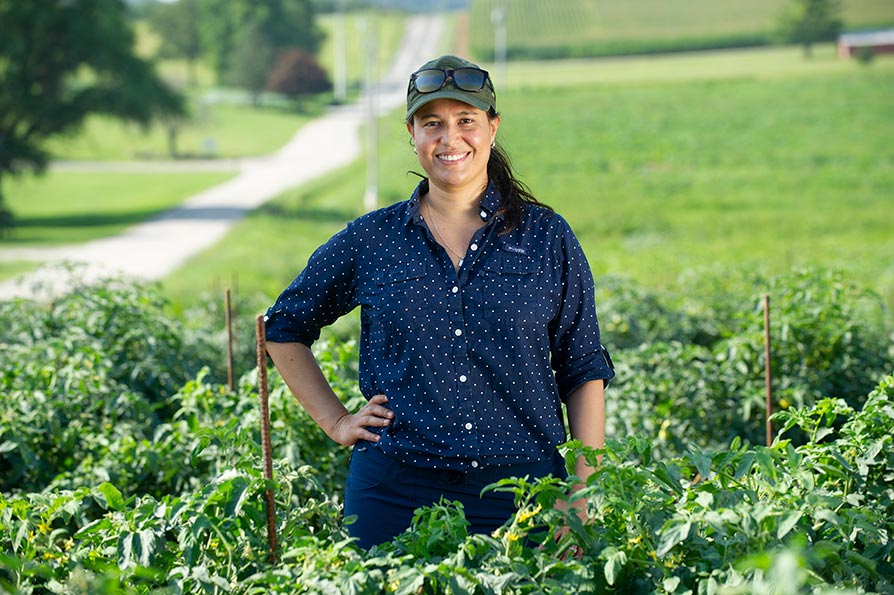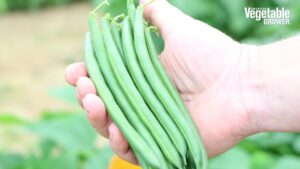Florida Growers, Researchers Aim To Sharpen Focus On Cabbage
According to statistics from the Florida Farm Bureau, St. Johns County ranks No. 1 in the state for cabbage production. The delineation makes this northeastern nook of the Sunshine Sate the perfect locale to host a cabbage/cole crops field day.
-
- 1 of 8
Cabbage Caravan
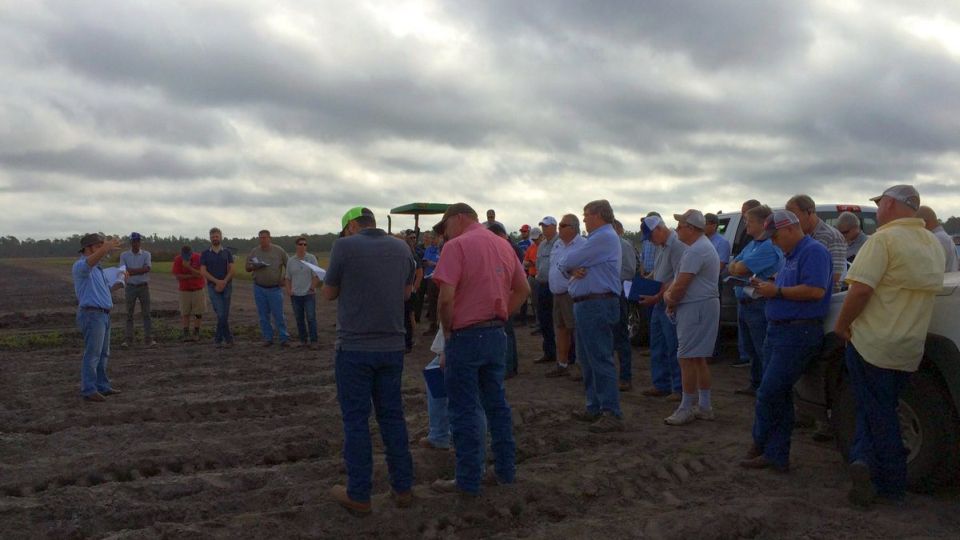
A mild, partly sunny day greeted those who came out for the cabbage/cole crops field day at the UF/IFAS Cowpen Branch demonstration plot in Hastings. The first half of the day's agenda featured the field tour. A line of pickups and SUVs snaked around the property to stop at several plantings to learn from UF/IFAS researchers about the latest production and crop protection trends.
Photo by Paul Rusnak
- 2 of 8
In The Field
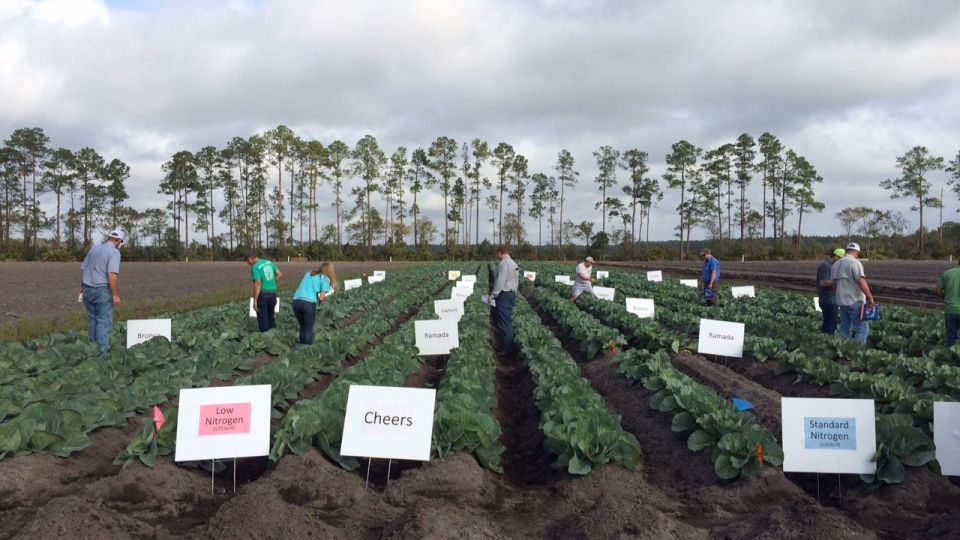
Attendees were able to get an up-close look at a trial evaluating yield performance of cabbage cultivars under different nitrogen rates on bare ground. The project, led by UF/IFAS Researcher Lincoln Zotarelli, is part of a collaboration with breeder Bejo Seeds.
Photo by Paul Rusnak
- 3 of 8
Center Of Attention
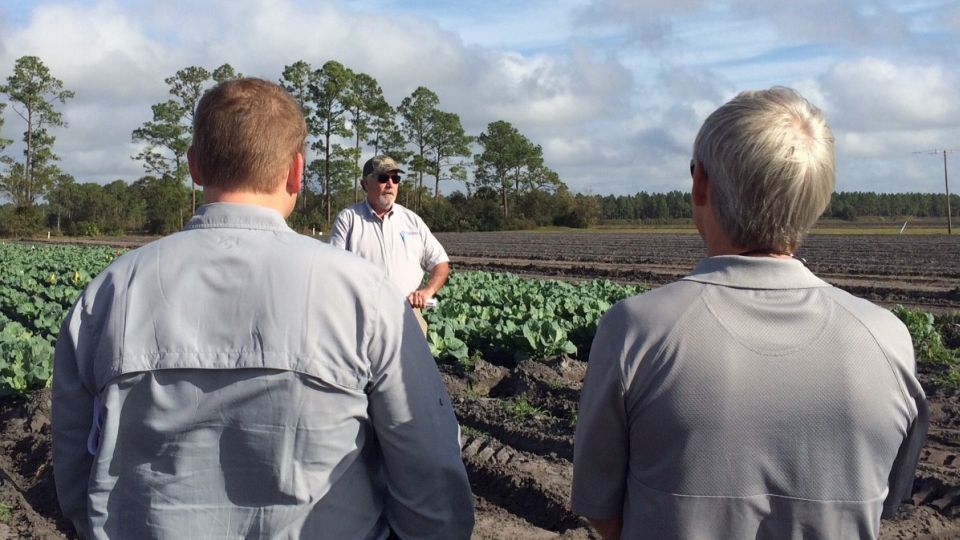
Gary K. England, Director of the UF/IFAS Agricultural Extension Center in Hastings, addressed the crowd during the field tour. In addition to the work being done with cabbage, he mentioned a new experiment with a planting of artichokes as well as a growing interest in sweet potato production.
Photo by Paul Rusnak
- 4 of 8
Weed Science
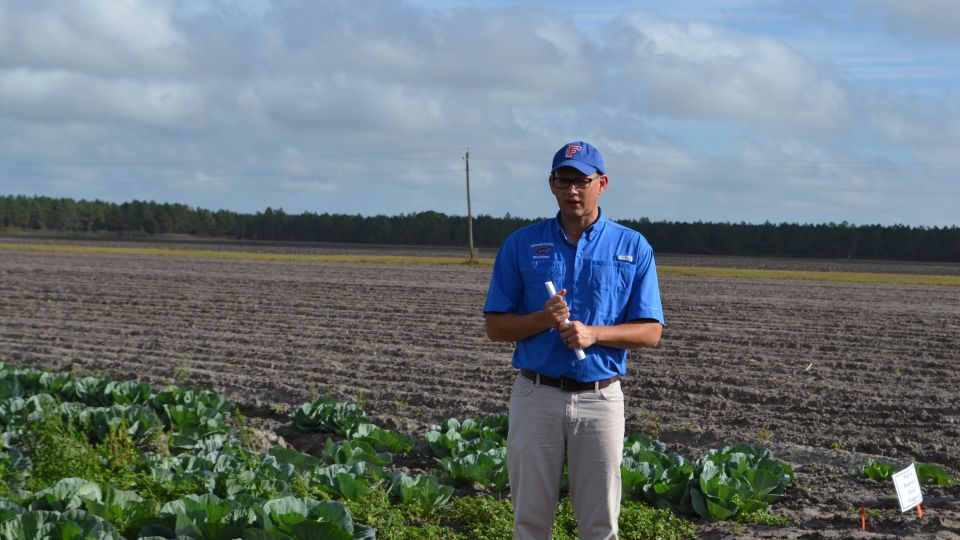
Peter Dittmar, UF/IFAS Extension Specialist, led a discussion about cover crops and glyphosate-resistant crops for weed control in cabbage. According to the study, the inclusion of glyphosate-tolerant crops incorporates the advantages of cover crops, herbicides, and provides an income for the additional inputs during the fallow period.
Photo by Paul Rusnak
- 5 of 8
Sunnhemp Solution
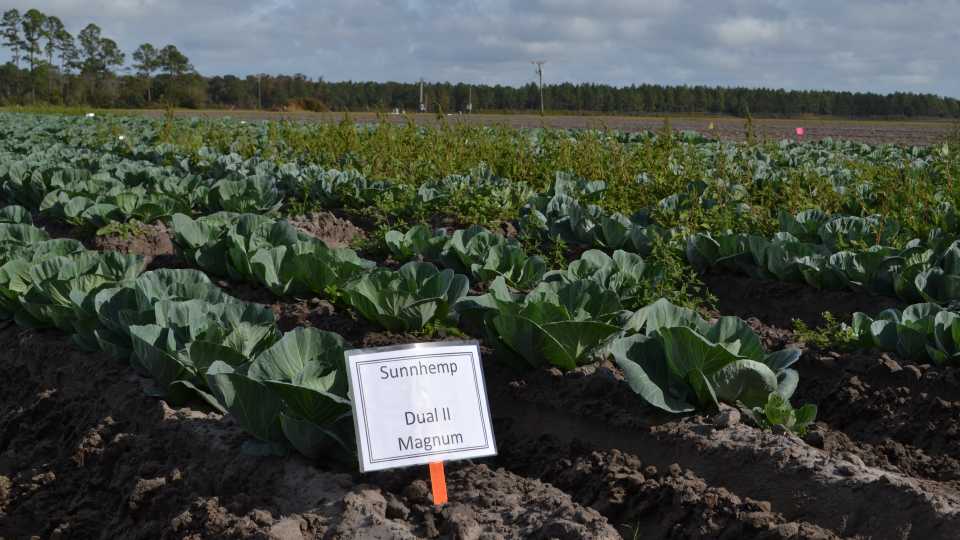
During the field day stop covering crop rotation alternatives for weed control in cabbage, sunnhemp was highlighted. It is a newer cover crop that provides large quantities of organic matter to the soil. Plus, to the delight of UF/IFAS Researcher Joe Noling (who was in attendance), it is nematode resistant.
Photo by Paul Rusnak
- 6 of 8
Awww, Shucks
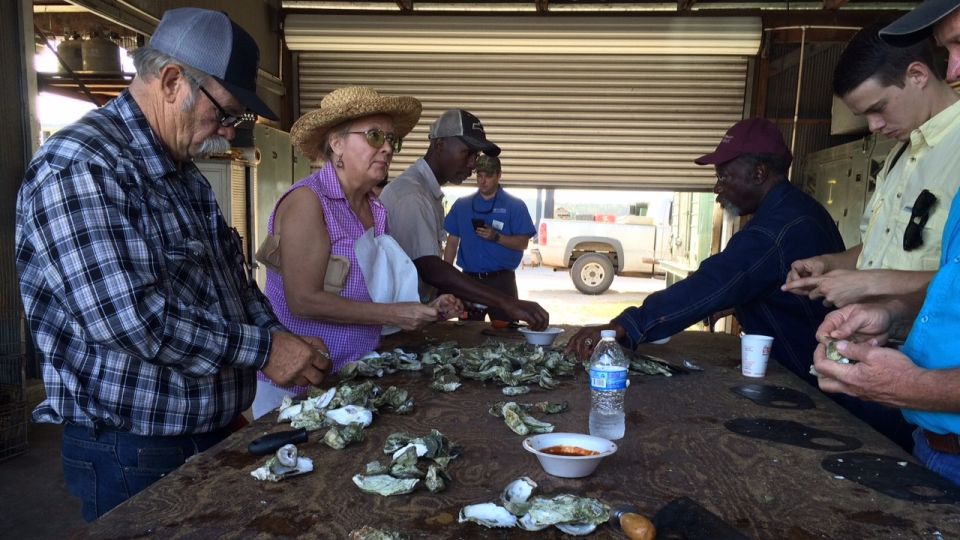
A unique culinary delight was offered to attendees of the field day. Oysters, harvested by the facility's farm manager, were steamed and served up for shucking.
Photo by Paul Rusnak
- 7 of 8
Special Agent
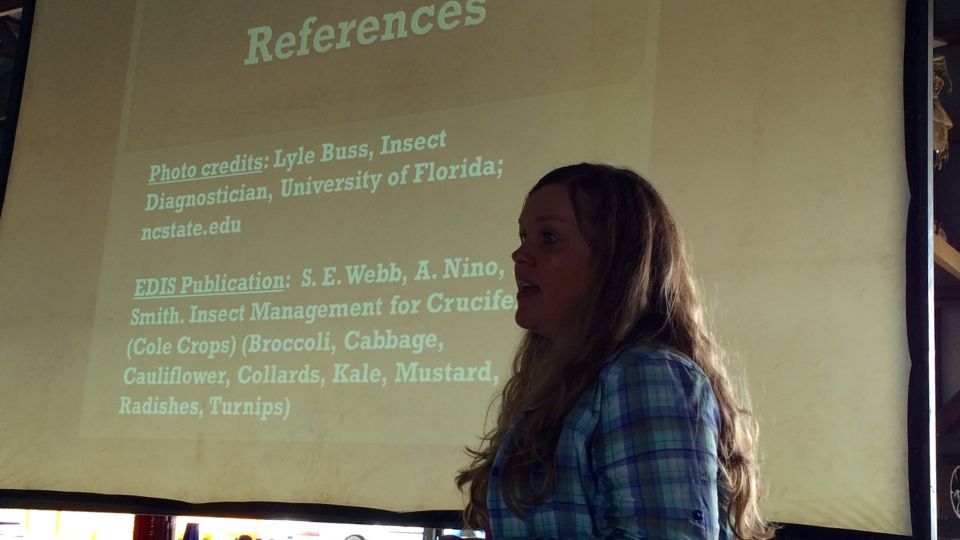
Bonnie C. Wells, Doctor of Plant Medicine and St. Johns County UF/IFAS Extension Agent, led a presentation about the identification and management of key pests of cabbage. Noteworthy pests she highlighted included the diamondback moth, cabbage looper, cabbage webworm, cross-striped cabbageworn, imported cabbageworm, and the Great Southern White caterpillar.
Photo by Paul Rusnak
- 8 of 8
Gathering Point
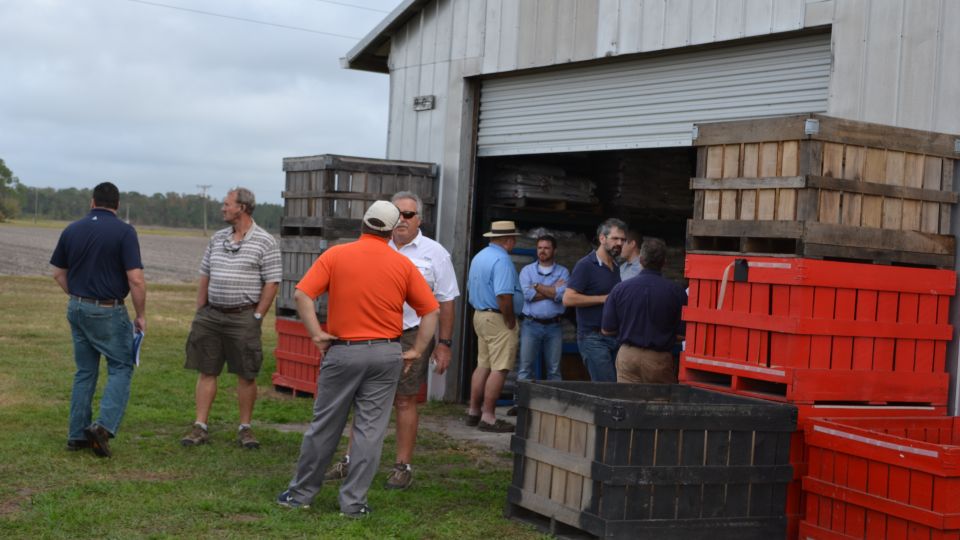
The cabbage/cole crops field day was a success. Come spring time, the focus will shift to potatoes.
Photo by Paul Rusnak
View all
Cabbage Caravan
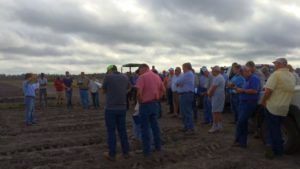
In The Field
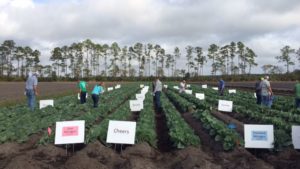
Center Of Attention
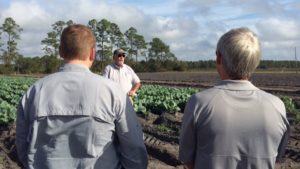
Weed Science
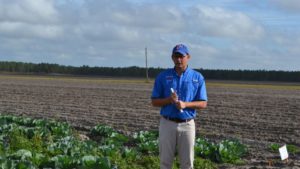
Sunnhemp Solution
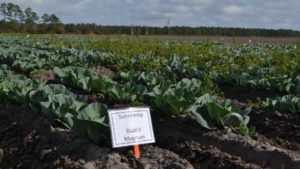
Awww, Shucks
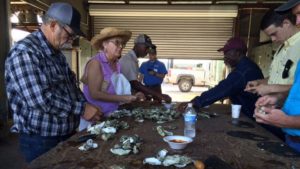
Special Agent
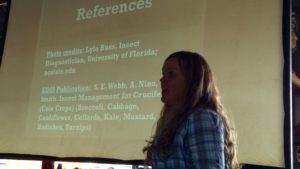
Gathering Point
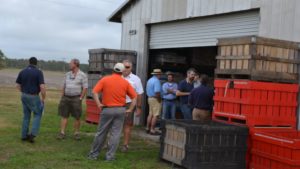
Held at the UF/IFAS Cowpen Branch demonstration plot in Hastings, more than 60 attendees — comprised primarily of growers, researchers, and industry allied members — gathered to learn the latest about not only the area’s cole crop king, but also other related work being done at the UF/IFAS location.
Gary K. England, Director of the UF/IFAS Agricultural Extension Center in Hastings, welcomed the crowd and invited attendees to tour the plantings to see for themselves the progress being made to improve production and crop protection methods.
From a firsthand perspective, it was interesting to see how the crops — some that took a beating from Hurricane Matthew back in October — held up. Some of what was seen had been subject to 10 inches of rain and wicked wind damage from the major storm. Other trials were planted since the storm and were still a little behind schedule.
In addition to the field tour, the day’s agenda featured a short course that covered multiple topics of interest including: pest identification and management; the best time to plant cabbage and why; plasticulture economics; and new broccoli varieties bred for heat tolerance.
Concluding the program was Candice Anderson of Bejo Seeds. She spoke about alternative crops for the Tri-County Agricultural Area. Among her list were selections fueled by current consumer food trends — Brussels sprouts, broccoli rabe, beets, carrots, and Asian veggies — a staple around St. Johns County.
For more of what was seen and heard during the gathering, view the photo gallery above for a virtual tour.
Subscribe Today For

Paul Rusnak is the Senior Online Editor for Meister Media Worldwide's Specialty Crops Division, which consists of American Vegetable Grower, American Fruit Grower, and Greenhouse Grower magazines, all Meister Media brands. He is based in Northeast Florida. See all author stories here.






